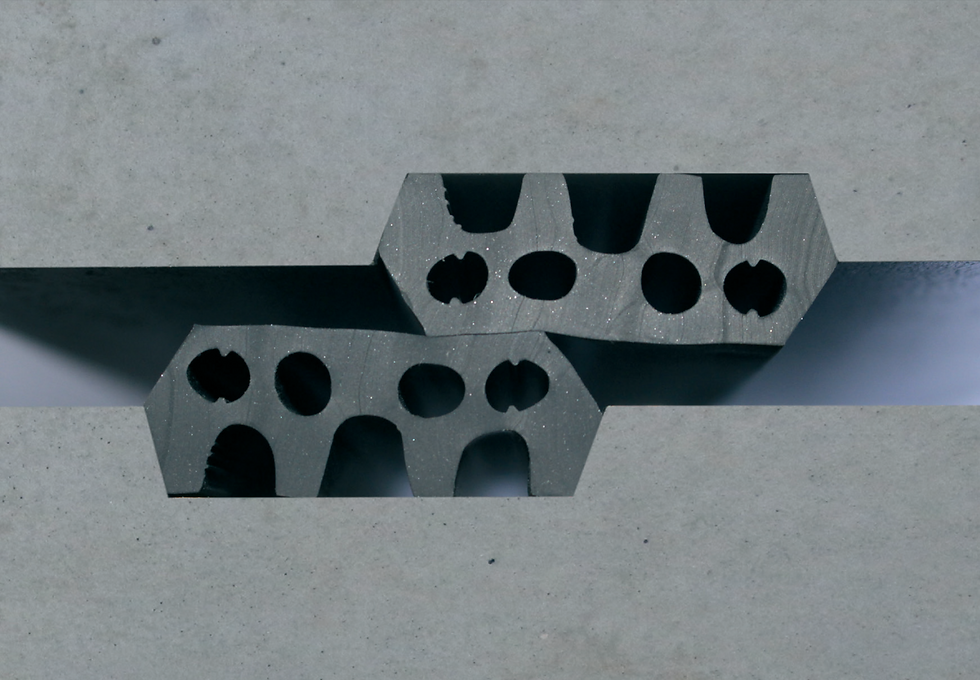Tunnel segment geometry (1)
- Si Shen

- May 15, 2022
- 2 min read
The decision-making process of the tunnel segment geometry for TBM-built tunnels is mostly a balancing art, to achieve the maximisation of overall production efficiency. This blog post kicks off the series on tunnel segment by explaining the main consideration factors around the segment thickness, radial length and longitudinal length.
Segment thickness
Generally speaking, segment thickness lies somewhere around 4% of the excavated diameter of the tunnel. Smaller segment thickness would be desirable, for obvious economic reasons. However, there are some governing factors giving a minimum thickness requirement:
Structural capacity to withstand loading conditions for all permanent, transient and accidental loading scenarios
Minimum bearing area required by TBM ram pads
Minimum clearance for gaskets and caulking recesses, to ensure water tightness
Durability requirements, which usually leads to a sacrificial layer
Longitudinal length
Longitudinal length of a segment is the length along the tunnel direction.
Longer segment is usually desired, as it has advantages in:
Fewer excavation-building cycles for TBM.
Fewer segments to handle in total
Lower production cost of the segments
Fewer number of joints where water can leak through
On the other hand, shorter segments are:
Lighter to transport
Easier to manoeuvre within confined space inside TBM. This is usually the governing restriction on segment length for small tunnels.
More flexible to negotiate tighter turning curves of tunnel alignment
Largely speaking, smaller tunnels tend to have shorter segment lengths, around 1m to 1.5m; whereas large diameter tunnels can permit segment lengths around 2-2.5m.
Radial length
For a given tunnel diameter, which is usually determined by spaceproofing, longer redial length is equal to fewer segments in a ring, and vice versa.
Largely speaking, the number of segments in a ring should be minimised, as the production speed can be maximised. Fewer number of segments per ring leads to:
Faster assembling speed
Fewer radial joints that water can leak through
Stiffer ring structure once assembled. This leads to less ground movement in the long term, but higher bending moment in the segment
However, the maximum length of a segment can be limited by:
Space available in the backup space of a TBM to manoeuvre the segments – this tends to be the governing factor for small TBM tunnels
Allowable weight of segments – this tends to be the governing factor for large TBM tunnels
Typically, there is at least 1 ‘key’ segment, which can take the shape of a wedge, to be installed last within a ring. Generally, the larger the tunnel is, the more segments there are within a ring. Typical ring arrangement include ‘5+1’ for smaller tunnels, up to ‘7+1’ and ‘9+1’ for larger diameter tunnels.




Comments